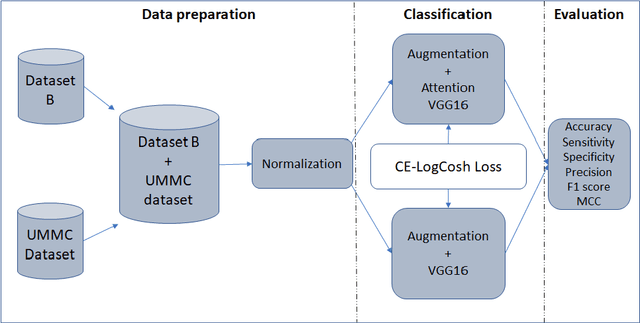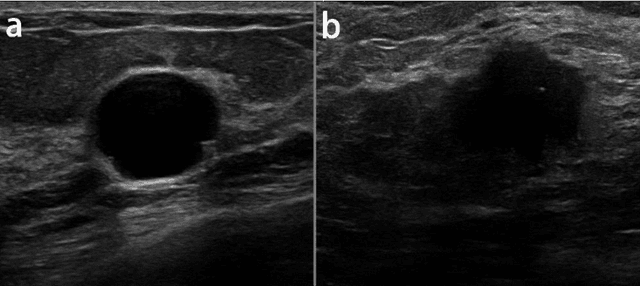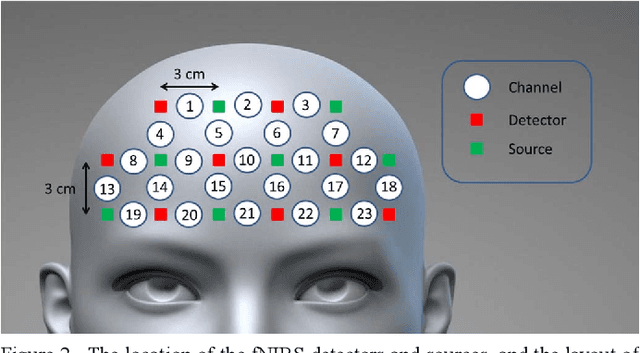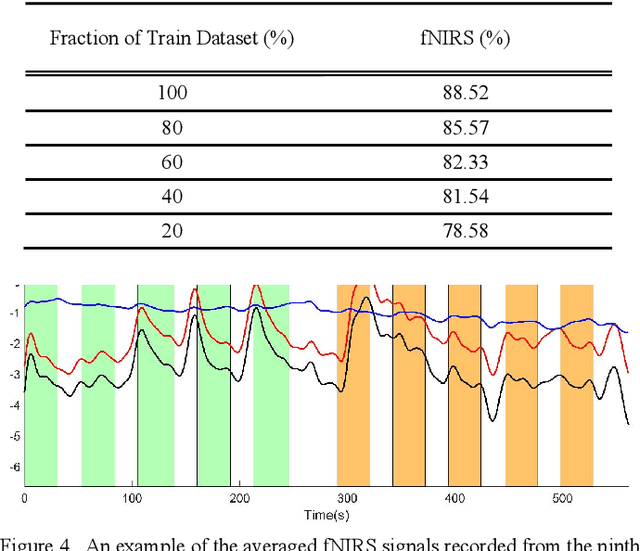Seyed Kamaledin Setarehdan
Classification of Breast Cancer Lesions in Ultrasound Images by using Attention Layer and loss Ensembles in Deep Convolutional Neural Networks
Feb 23, 2021



Abstract:Reliable classification of benign and malignant lesions in breast ultrasound images can provide an effective and relatively low cost method for early diagnosis of breast cancer. The accuracy of the diagnosis is however highly dependent on the quality of the ultrasound systems and the experience of the users (radiologists). The leverage in deep convolutional neural network approaches provided solutions in efficient analysis of breast ultrasound images. In this study, we proposed a new framework for classification of breast cancer lesions by use of an attention module in modified VGG16 architecture. We also proposed new ensembled loss function which is the combination of binary cross-entropy and logarithm of the hyperbolic cosine loss to improve the model discrepancy between classified lesions and its labels. Networks trained from pretrained ImageNet weights, and subsequently fine-tuned with ultrasound datasets. The proposed model in this study outperformed other modified VGG16 architectures with the accuracy of 93% and also the results are competitive with other state of the art frameworks for classification of breast cancer lesions. In this study, we employed transfer learning approaches with the pre-trained VGG16 architecture. Different CNN models for classification task were trained to predict benign or malignant lesions in breast ultrasound images. Our Experimental results show that the choice of loss function is highly important in classification task and by adding an attention block we could empower the performance our model.
Accurate Stress Assessment based on functional Near Infrared Spectroscopy using Deep Learning Approach
Feb 14, 2020



Abstract:Stress is known as one of the major factors threatening human health. A large number of studies have been performed in order to either assess or relieve stress by analyzing the brain and heart-related signals. In this study, signals produced by functional Near-Infrared Spectroscopy (fNIRS) of the brain recorded from 10 healthy volunteers are employed to assess the stress induced by the Montreal Imaging Stress Task by means of a deep learning system. The proposed deep learning system consists of two main parts: First, the one-dimensional convolutional neural network is employed to build informative feature maps. Then, a stack of deep fully connected layers is used to predict the stress existence probability. Experiment results showed that the trained fNIRS model performs stress classification by achieving 88.52 -+ 0.77% accuracy. Employment of the proposed deep learning system trained on the fNIRS measurements leads to higher stress classification accuracy than the existing methods proposed in fNIRS studies in which the same experimental procedure has been employed. The proposed method suggests better stability with lower variation in prediction. Furthermore, its low computational cost opens up the possibility to be applied in real-time stress assessment.
 Add to Chrome
Add to Chrome Add to Firefox
Add to Firefox Add to Edge
Add to Edge